Relationship
Education is essentially rooted in positive relationship. Good education is always empowered by a close emotional bond between children and adults. This close relationship provides the children with love, trust, and support, which makes them feel safe, accepted, confident and ready to learn. Therefore, to ensure the children get quality education, we need build a positive relationship with them in the first hand.
Secure attachment is the core educational concept of Chunhui Mama Program. It is a strong and close emotional bond established between young children and their Chunhui mamas (primary caregivers). Infancy is a critical period for the development of secure attachment. During this period, most children get securely attached with their primary caregivers, but unfortunately some don’t. Children who establish secure attachment achieve better development outcomes, while those who don’t will face many problems.

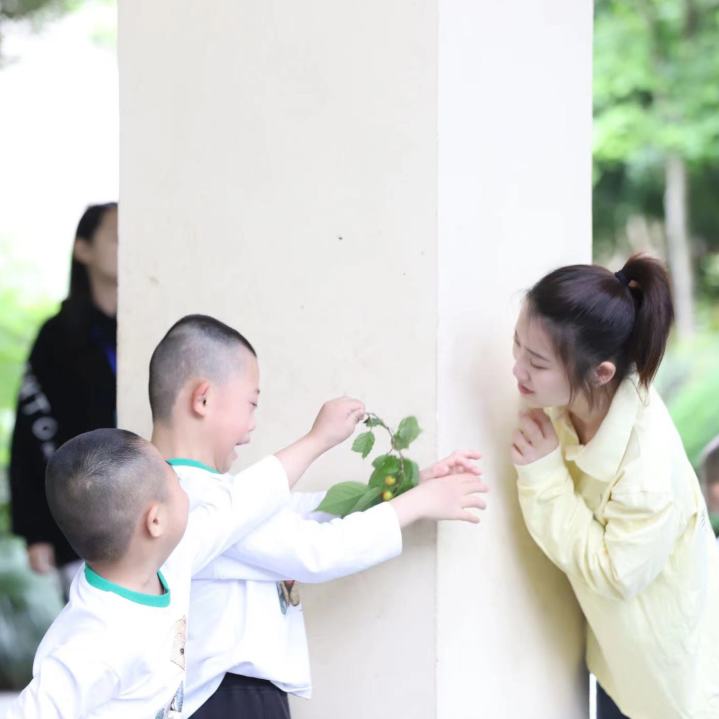
Secure attachment promotes children’s development in all areas.
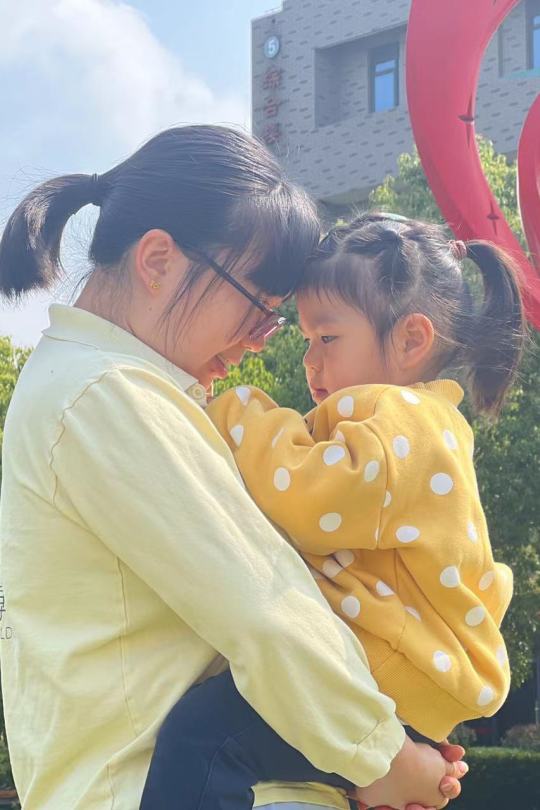
1
Promoting physical development
A child who has established secure attachment feels safer and braver, even without his primary caregiver by his side all the time. He will approach objects, people and activities that interest him through physical movements such as crawling, walking and running, etc. He uses small hand muscles to explore materials and objects. He wishes to get new experiences, which will enhance his muscle strength and coordination.
2
Promoting emotional development
The secure attachment children stablish with their primary caregiver serves as a model for their future relationships and lays the foundation for their self-identity development. Secure attachment is a child's best protection against stress and trauma. Children securely attached with their caregivers are more likely to be independent, show empathy and have better control over their emotions.
2
Promoting social development
Secure attachment helps children learn how to interact and establish positive relationship with others. Children who know that they are loved and that their needs will be met are more caring.
3
Promoting language development
Children who have secure attachment get timely responses through words, gestures, or expressions, etc., which in turn gives them more opportunities to communicate and gain language input. This lays a solid foundation for their language development.
4
Promoting cognitive development
Children who have established secure attachment are more likely to explore the world around them and take on challenges. When children feel safe and free to explore, they will develop their cognitive abilities, such as concentration, reasoning, and problem-solving skills, and will have greater motivation to learn.
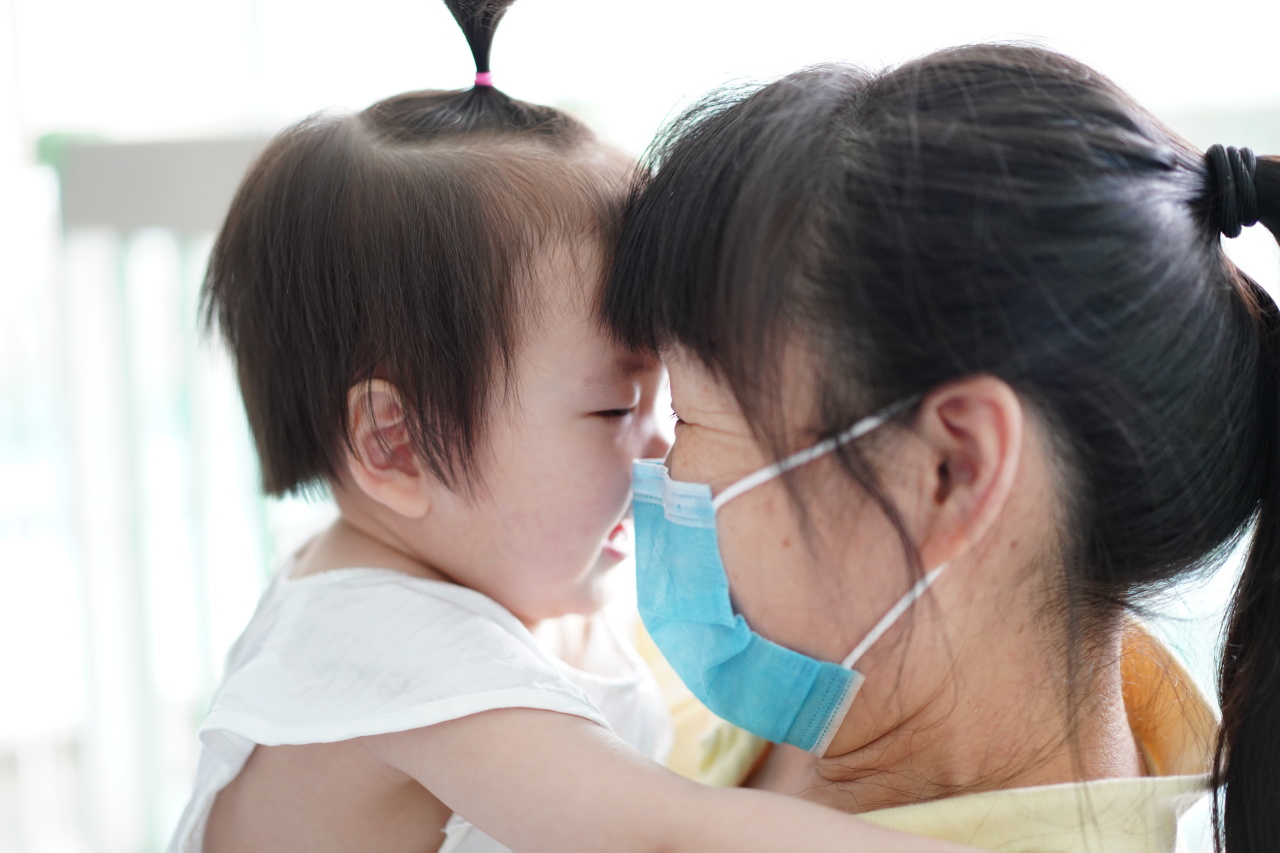
Story of child that has established secure att-achment
Xixi is a three-year-old boy who lives in a loving Chunhui family, and his foster dad goes out to work during the day. Most of the time, his Chunhui mama takes care of him.
When his Chunhui mama is around, Xixi enjoys playing with her or exploring alone. One day, we saw him cutting paper with a pair of children's scissors while talking with his Chunhui mama and smiling at her from time to time. He created different paper patterns and showed them to his mama, telling her which one was a monster, and which was a cookie...... She gave him timely responses and praised him.
When he has problems, he will try to work out solutions by himself or turn to his Chunhui mama for help. When she is busy in the kitchen, he will play all alone and talk to her now and then to ensure she is there for him. "I will keep an eye on you. Let me know if you need me," she assures him.
Xixi has established secure attachment with his Chunhui mama, who always gives him full attention and support, identifies his feelings, and meets his needs. A hug, a kiss and some simple words of recognition and encourage-ment will mean a lot to the boy. When he feels upset, his Chunhui mama listens to him patiently and guides him in solving the problems he faces.
In new environment, with his Chunhui mama by his side, Xixi adapts quickly. Outdoors, when meeting children he doesn’t know, for instance, he will introduce himself and then have fun with them under encouragement of his mama.
When he has conflicts with them, he will run over to his mama and tell her what has happened.
When the conflict is settled, he will make up with his little friends and continue to play with them. Sometimes, his mama joins in their games too.
When they get home, Xixi tells his mama he will get to know more children the next day.
Case interpretation
As Xixi is securely attached with his Chunhui mama, he would love to explore independently. Using materials like scissors enhances his muscle strength and control. When he has disagreement with other children, he talks to his Chunhui mama instead of bottling up his feelings or crying.
With his mama’s support, he solves his problem in a positive way. Then he continues to have fun with his little friends and wishes to spend the next day with them. It is the close bond with his Chunhui mama that enables the boy to understand, accept and interact positively with others. Empowered by this bond, he keeps improving his social skills and getting new friends.
Undivided attention and timely responses motivate Xixi to talk to his mama when in trouble. His mama listens to him attentively and encourages him to speak up. This promotes Xixi's language development. When meeting children he doesn’t know, he has the courage to introduce himself and join in their game. And when he has problems, he talks to his mama for help. This builds up his confidence.
Through this case, we can see that secure attachment plays a positive role in prom-oting the children’s cognitive development. The next session will share with you how Chunhui mamas establish secure at-tachment with the children.

This session will explain in detail how Chunhui mamas establish secure attachment with the children under their care.
Consistently responding to a child’s needs and interests is the best approach to helping him develop secure attachment.
Every day, Chunhui mamas have plenty of opportunities to give a child timely, consistent, and appropriate response. Holding a child when he is crying, talking to him softly and smiling at him, for example, can make him feel safe. When a Chunhui mama observes, interprets, and meets a child’s needs in a timely manner, she is providing the child responsive care. Round-the-clock responsive care is essential for secure attachment.
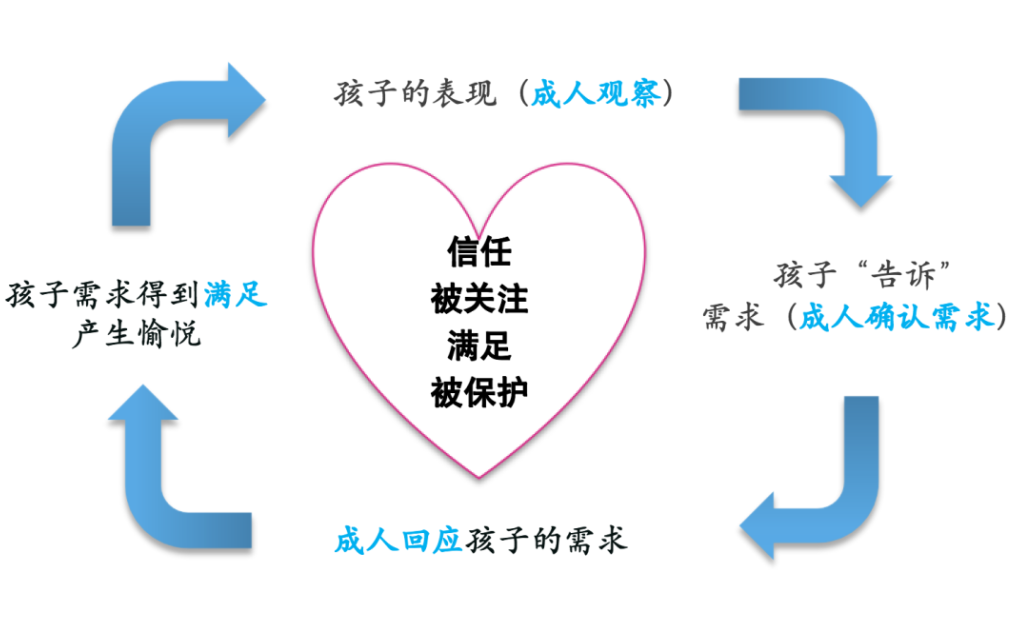
How secure attachment is established
Usually in the first year of life, most infants living in typical families develop secure attachment with their primary caregivers, which will impact the rest of their life.
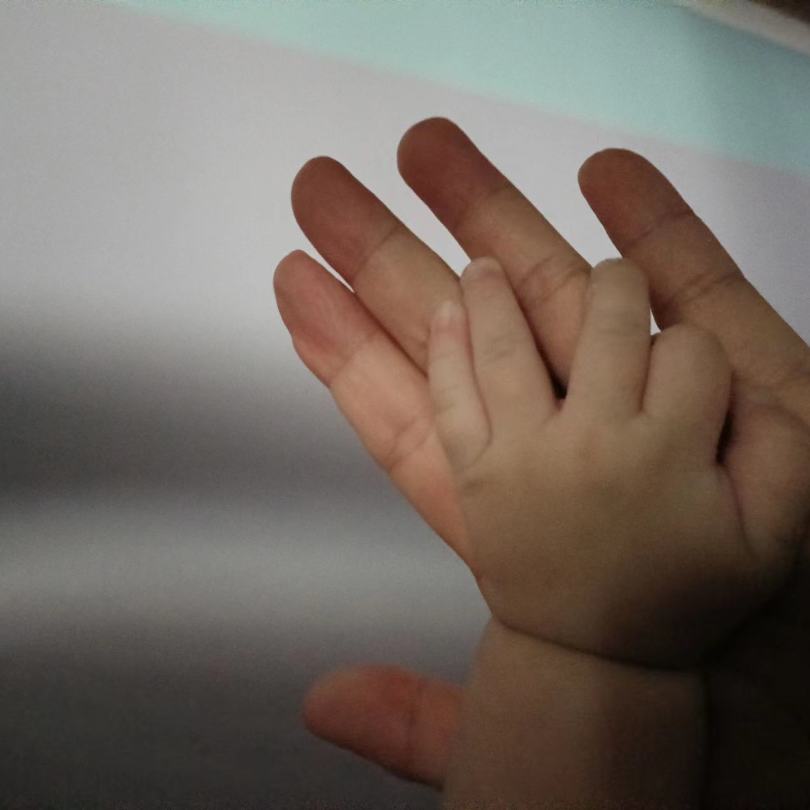
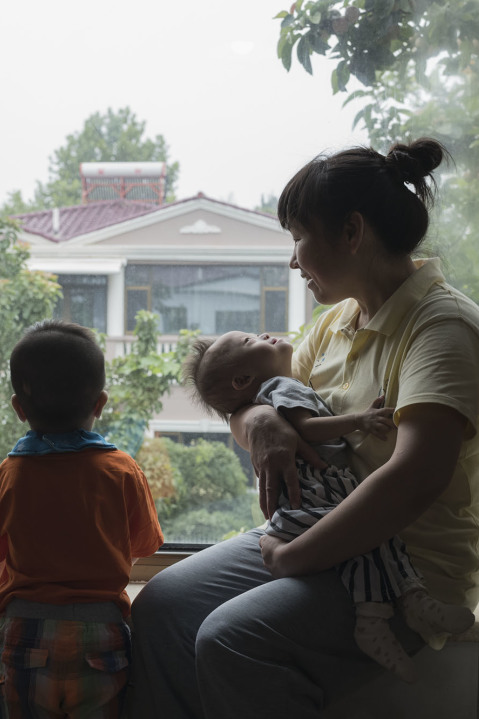
1
Newborns
When they feel hungry, the newborns cry to attract attention from anyone around so that their need for food will be satisfied.
2
Three-month-olds
A three-year-old baby only responds to the handful of people he/she knows well and apparently prefers his/her primary caregiver over other adults.
3
Three–six-month-olds
When a three-six-month-old baby feels hungry, he looks for his primary caregiver and cries for her attention. But apart from his primary caregiver, he is comfortable with care from other loving adults as well.
4
Seven–eight-month-olds
A seven-eight-month-old begins to show fear of strangers. When his primary caregiver leaves him, he will cry, because he wants her around to meet his needs.
5
Before secure attachment is
established
Your child may view you as his caregiver but will respond to you the same way he does any other adult.
6
While secure attachment is
being established
Your child responds to you with affection and prefers to interact with you than others if he has a choice. But he is also happy spending time with others and doesn't mind being separated from you.
7
After secure attachment is established
After your child establishes secure attachment with you, she prefers to stay with you than others. When separated with you, he will be upset. And when he cries, it’s less challenging for you to calm him down.
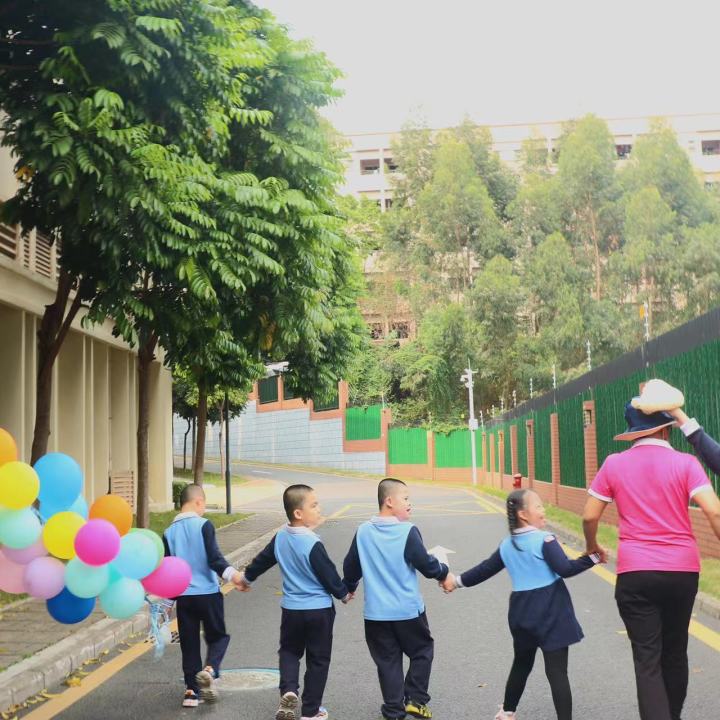
How Chunhui mamas estab-lish secure at-tachment with children under their care?
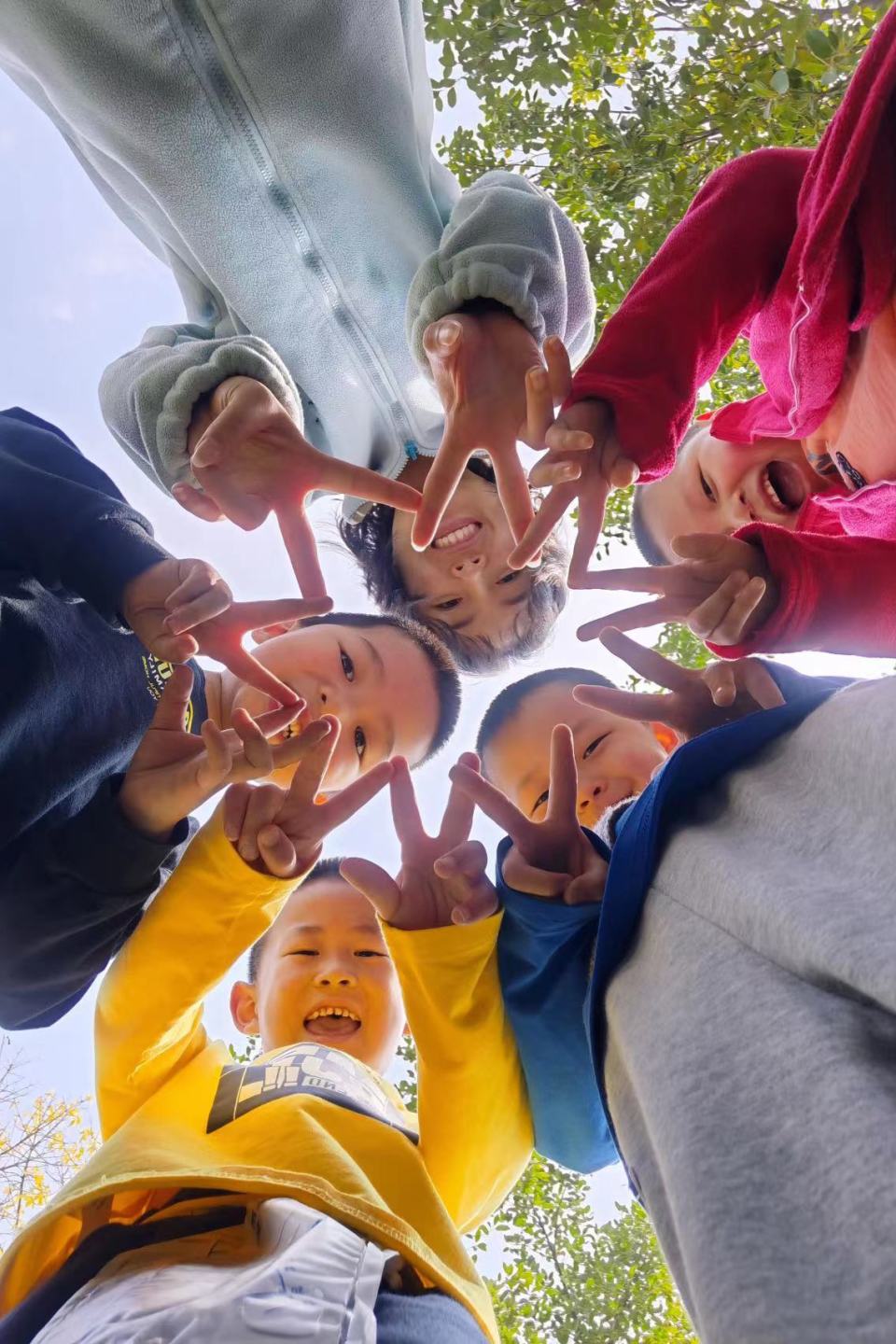
1
Chunhui mamas aways stay by the children’s side, observing them and giving them timely response, especially when they feel uneasy, anxious, or scared. Guidance and support of Chunhui mamas is particularly important when the children “don’t behave themselves”.
2
Stable, consistent loving care is guaranteed, and changes of Chunhui mamas are minimized.
3
Chunhui mamas talk to their children softly and clearly with simple words, so that they can better understand what is conveyed. When a child cries, for instance, his Chunhui mama will squat, look at him and say gently: "Tell me what is going on”, "I know you're upset”, "Let me give you a hug”, "I know you can’t wait to see me".
4
Chunhui mamas observe the children's looks closely, and once they identify their need to communicate, they will listen with full attention and give them positive responses, such as mimicking their facial expressions and sounds or smiling at them……
5
Chunhui mamas have face-to-face and one-on-one interactions with the children every day. They often do housework, read, and have fun in games together.
6
Chunhui mamas often touch, hug, and kiss the children.
7
Chunhui mamas give the children opportunities to try and encourage them to do what they can independently. They listen to them patiently and recognize their ideas. "Would you like to share it with other children? It's yours and you decide," they often talk to the children in such a respectful way.
8
Chunhui mamas create a safe environment with accessible and safe furniture, toys, and equipment. They check these facilities regularly to identify potential hazards. They also develop stable and predictable daily schedules. During routine activities, they tell the children what will happen in the next session, so they know how to prepare themselves. They will say, for instance, "in 10 minutes, we will end the game and go outside", "tomorrow we will go out, you will meet a young lady and you can have some fun together".
9
Chunhui mamas keep the program environment quiet and soft.